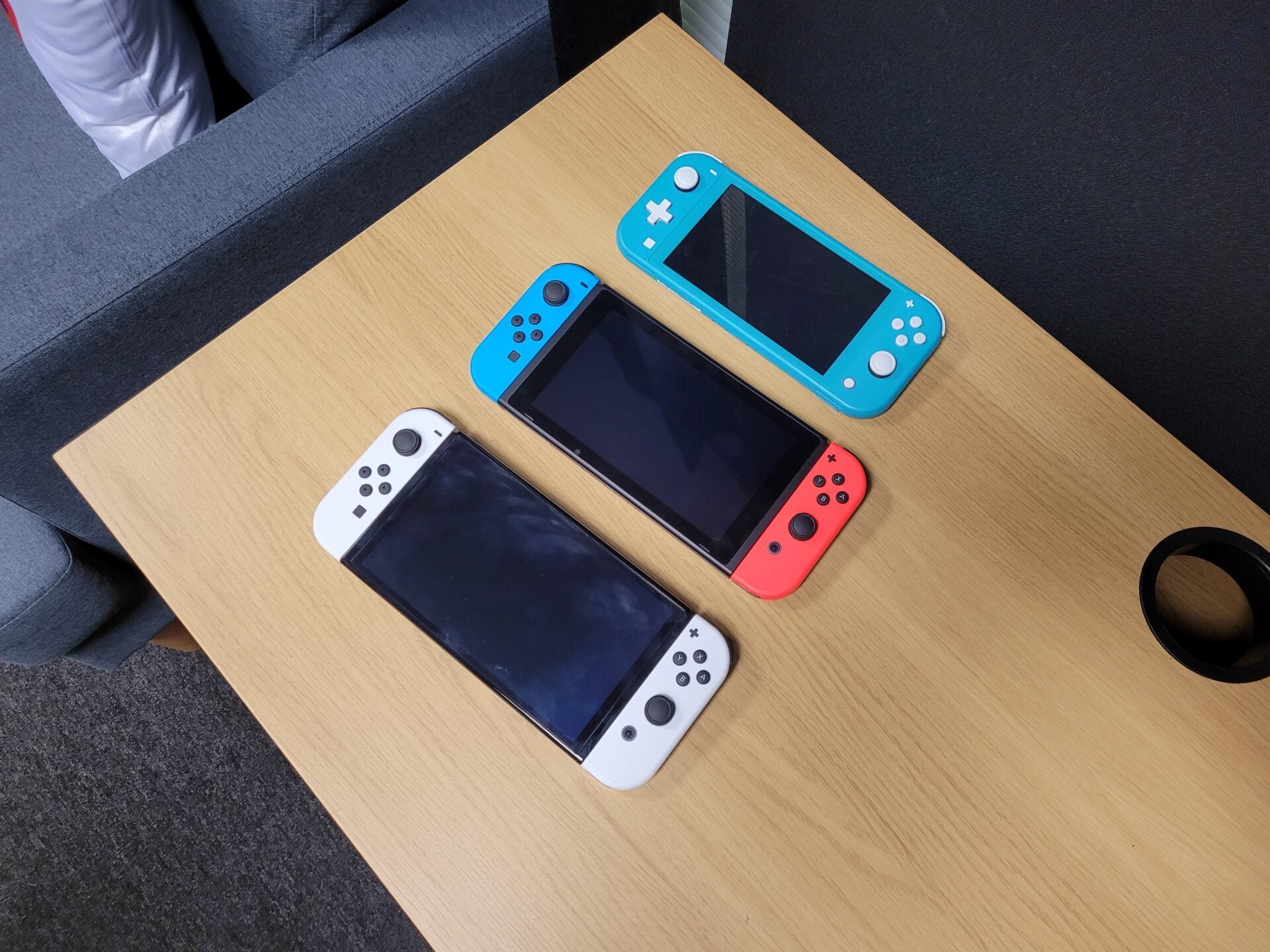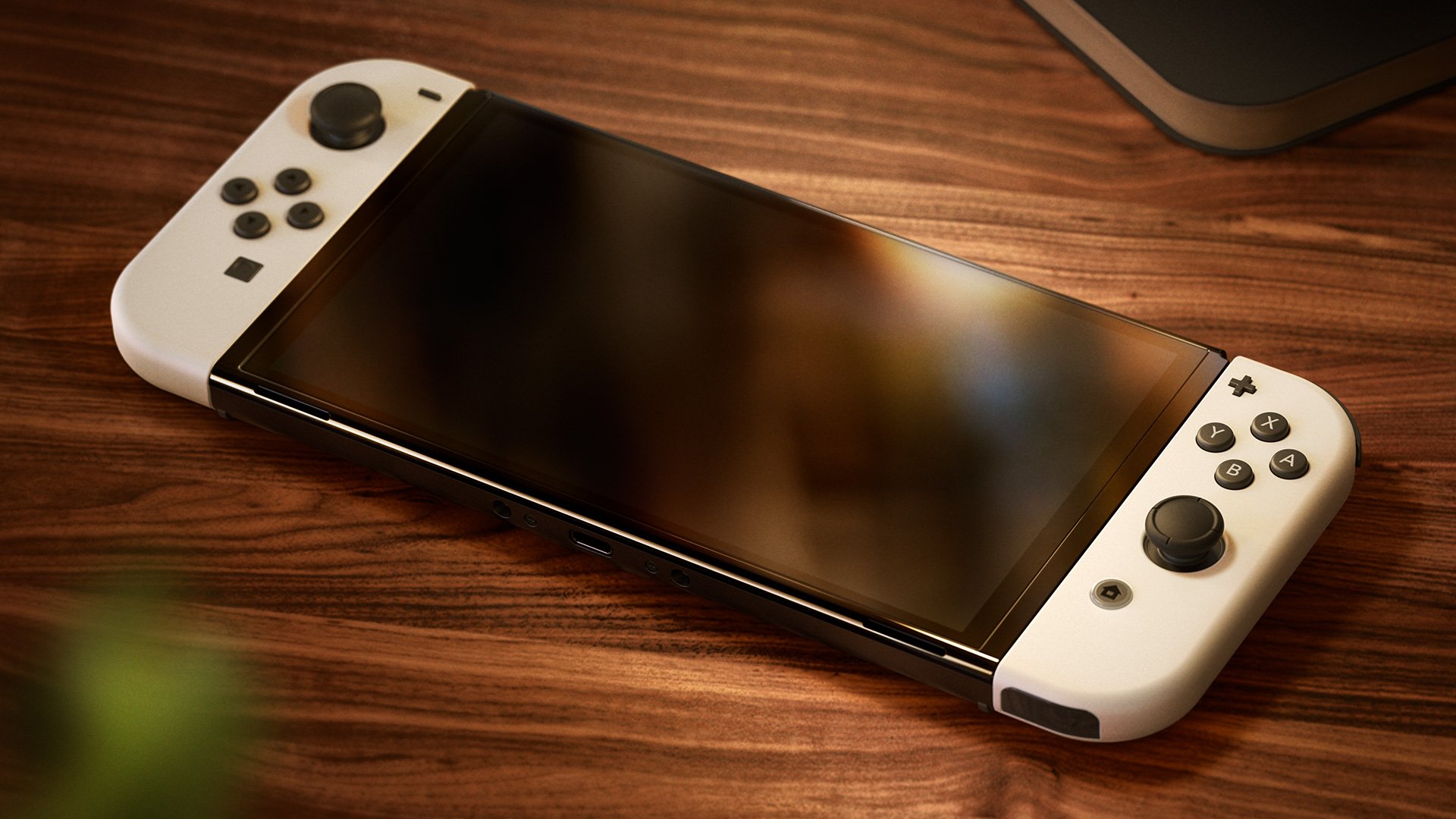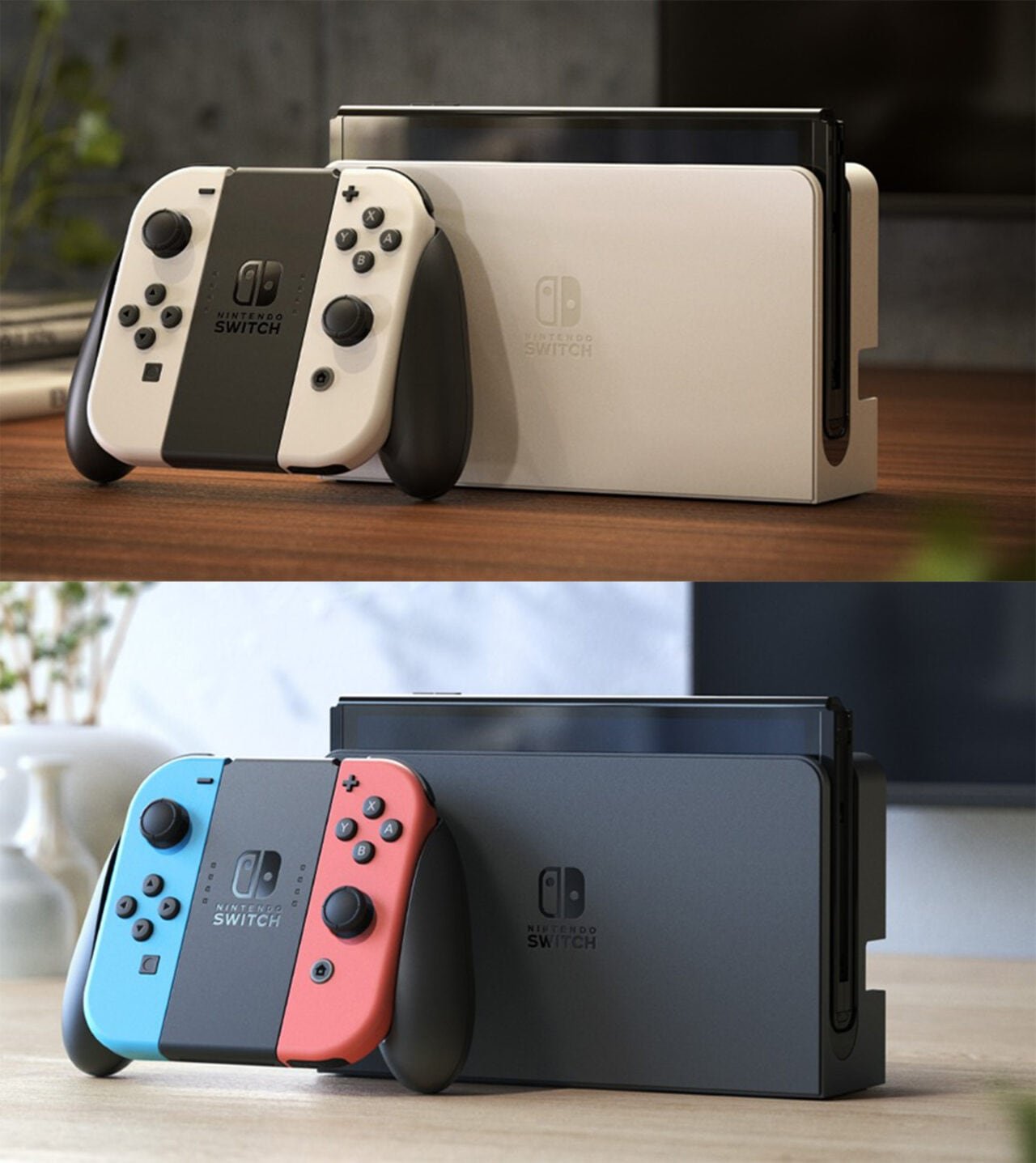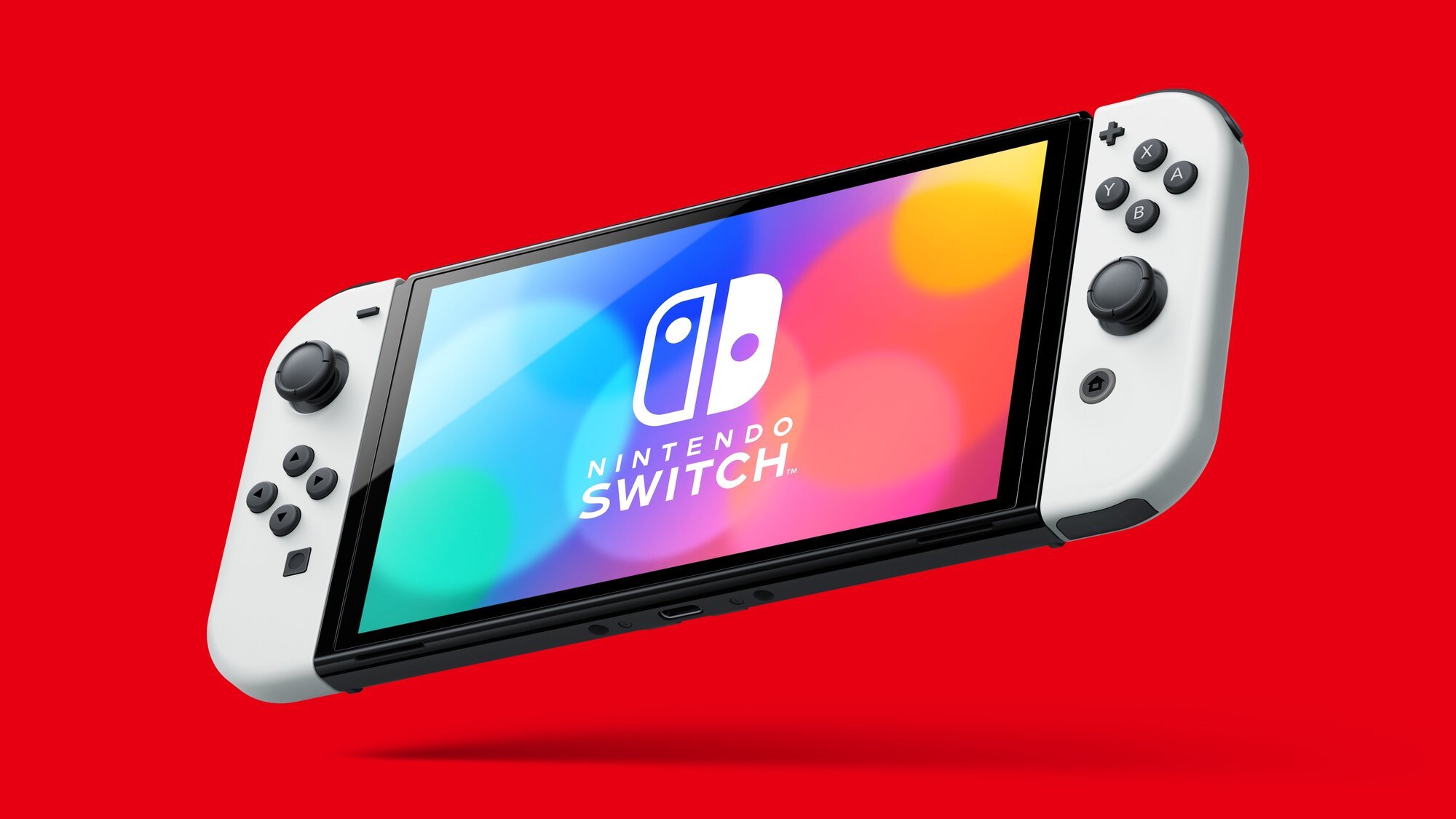Nintendo Switch OLED: A Worthy Upgrade or Just a Pretty Face?

The Nintendo Switch has been a runaway success, blending handheld portability with console gaming in a way that resonated with millions. But after years of the original model, Nintendo released the OLED version, promising a superior visual experience. Is it a must-have upgrade for existing Switch owners, or is it primarily targeted at newcomers? Let’s dive in.
The most immediately noticeable difference is, of course, the 7-inch OLED screen. The increased size and vibrant color reproduction are genuinely impressive. Blacks are truly black, and colors pop with a level of saturation the original LCD screen couldn’t dream of. This upgrade is a game-changer, particularly in darker scenes and games with strong visual palettes. Playing games like Metroid Dread or Hollow Knight on this screen is a visual feast.
Beyond the screen, Nintendo refined the design, opting for slimmer bezels and a more robust kickstand. The wide, adjustable kickstand is a significant improvement over the flimsy original, providing a much more stable and versatile tabletop gaming experience. The build quality overall feels more premium, with a satisfying weight and a more solid construction.

While the internals remain largely unchanged, the OLED model does feature an upgraded speaker system. The sound is richer and more immersive than its predecessor, providing a noticeable improvement in audio quality, especially when playing in handheld mode. The doubled internal storage, now at 64GB, is welcome, although still somewhat limiting considering the size of modern games. Expect to rely on microSD cards.

Performance-wise, the OLED model offers no significant boost in processing power. Games run identically to the original Switch and Switch Lite. This isn’t necessarily a bad thing – the Switch has a vast and well-optimized library – but it’s worth noting for those hoping for a more powerful experience. Docked mode resolution remains capped at 1080p.
Ultimately, the value proposition depends on your current situation. If you already own a Switch and primarily play docked, the upgrade might not be essential. However, for those who frequently play in handheld mode or are considering purchasing a Switch for the first time, the OLED model offers a significantly enhanced experience that justifies the price premium.
Where to Buy:

Nintendo Switch OLED Quick Summary
Key Scores:
- Value: 94%
- Design: 93%
- Performance: 94%
- Quality: 92%
- Popularity: 90%
Top Pros
- ✅ The vibrant OLED screen dramatically improves the visual experience, especially in handheld mode.
- ✅ The wide, adjustable kickstand offers a much more stable and versatile tabletop gaming experience.
- ✅ The upgraded speakers provide richer and more immersive audio than the original model.
Key Cons
- ❌ Performance remains largely unchanged, with no significant boost in processing power.
- ❌ The 64GB of internal storage is still somewhat limiting, requiring reliance on microSD cards.
- ❌ The docked resolution remains capped at 1080p, not taking advantage of modern displays.








